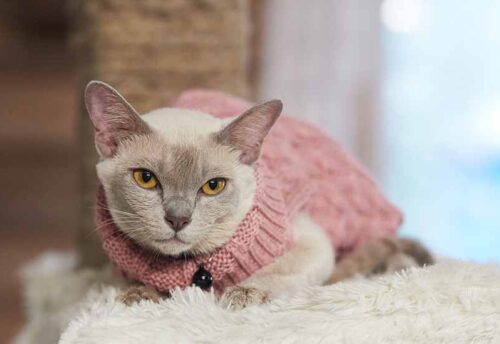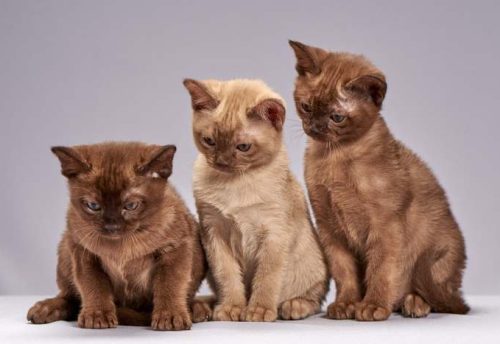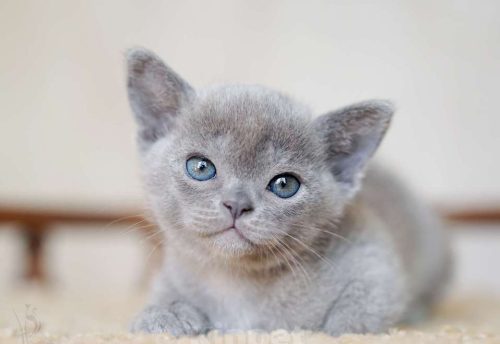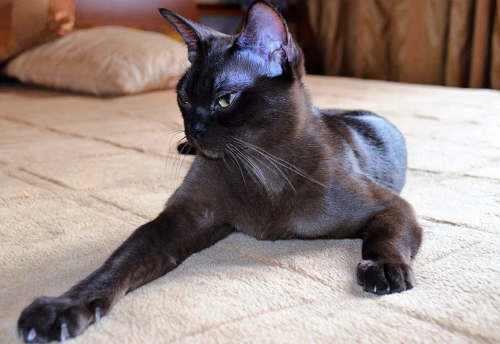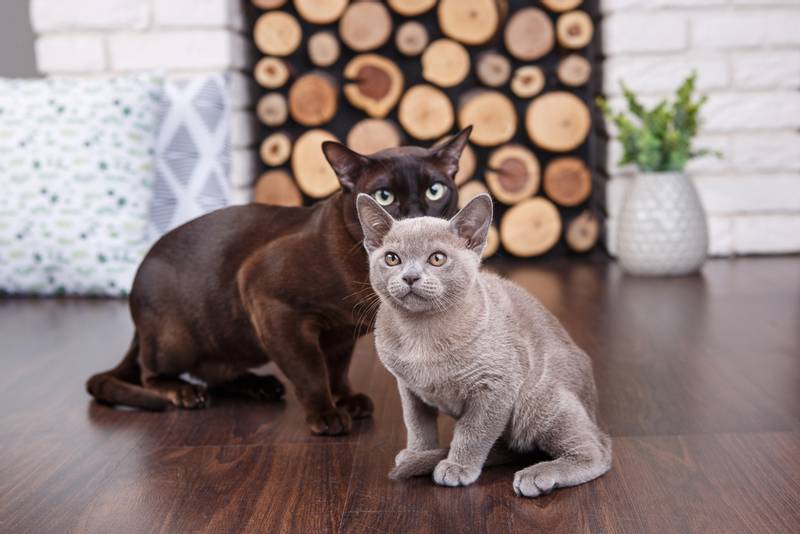
Colors of Burmese Cats
The allure and character of Burmese cats can be endlessly discussed. Their graceful movements contrast with their robust build, their yellow eyes shine brightly, and their fur gleams. However, special attention should be given to the colors of Burmese cats.
According to the British standard, there are six solid colors and four tortoiseshell patterns. Let’s explore their descriptions.
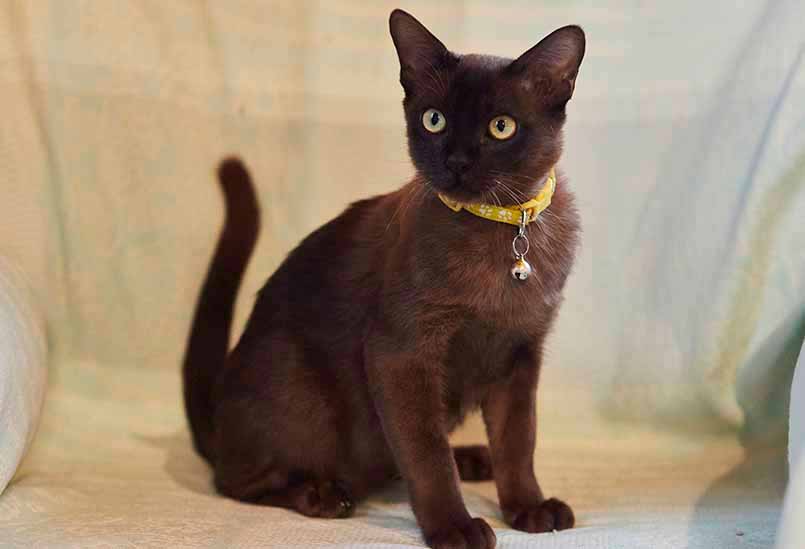
Sable
This is the most common color from which all other Burmese colors have derived. Interestingly, this shade is not found in any other breed.
The sable color varies from dark chocolate to rich tones of redwood. It’s not black in the classic sense, and as the cat ages, its fur darkens.
The coat is brown with an amber sheen, with the nose, ears, and paw pads being a deep sable shade.
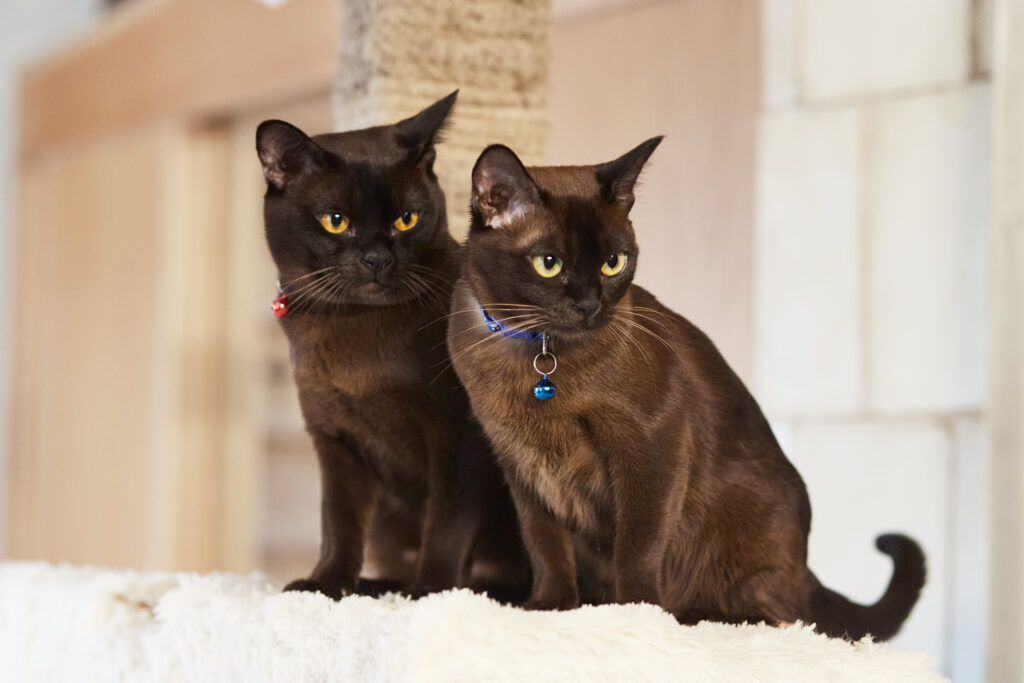
Chocolate
Compare dark chocolate with milk chocolate: the former is the sable color of Burmese cats, and the latter is the chocolate color. This color is also varied, ranging from cool to warm tones. The coat is beige-honey with golden highlights, and the paws and nose are a beautiful brown.
Among the different colors of Burmese cats, the highlights on the chocolate coat are particularly vivid, making it a notable feature of this color.
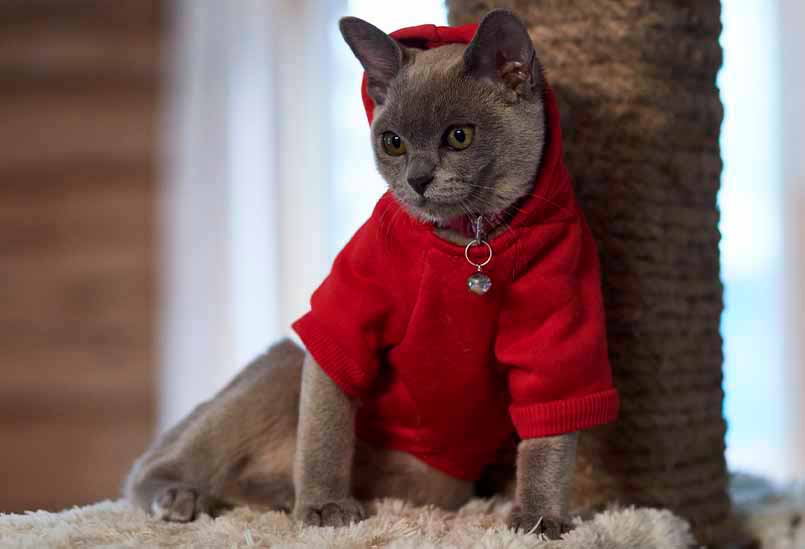
Blue
Unlike British and other breeds, the blue Burmese is light, more like steel with a slight warm tint. The lighter the tone, the more valued it is. The paw pads and nose are gray.
The blue Burmese is extraordinarily beautiful, and combined with golden eyes, it resembles a delicate, stylish statue. This shade is perfect for connoisseurs.
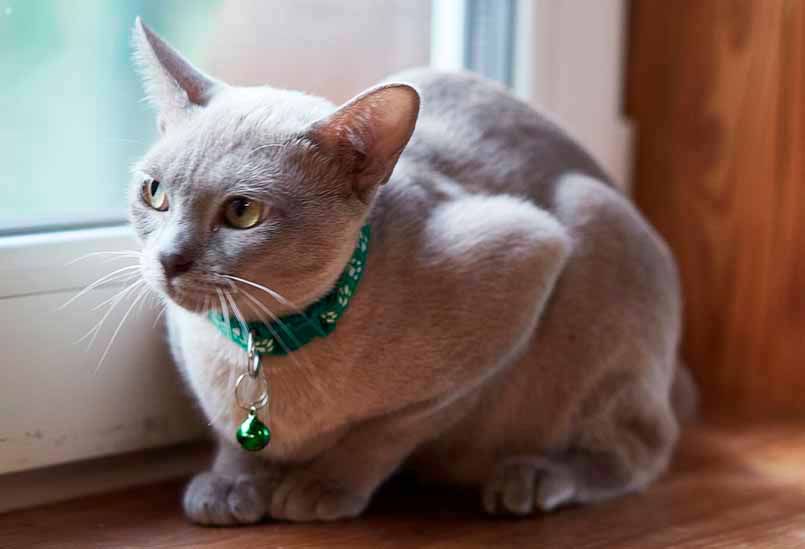
Lilac
A very delicate platinum-silver color with a slight pinkish hue. Like other colors of Burmese cats, this one can vary from light to dark. The preferred shade is a cool pale platinum.
Lilac Burmese cats have lavender-colored paw pads and nose tips.
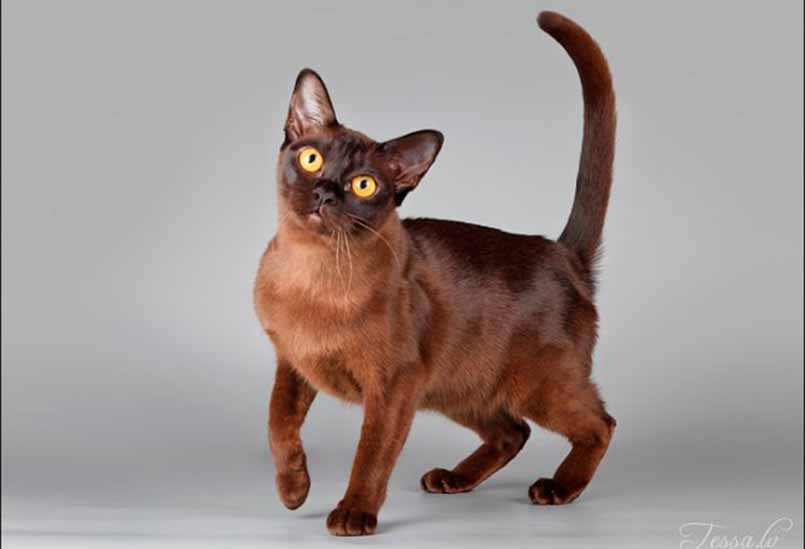
Red
A rich, unusual orange that fades to a pale ginger on the belly. Red Burmese cats are hard to miss—the vibrant shade is very striking.
These cats often have the brightest yellow-orange eye color, and dark stripes can sometimes be seen on the paws and tail.
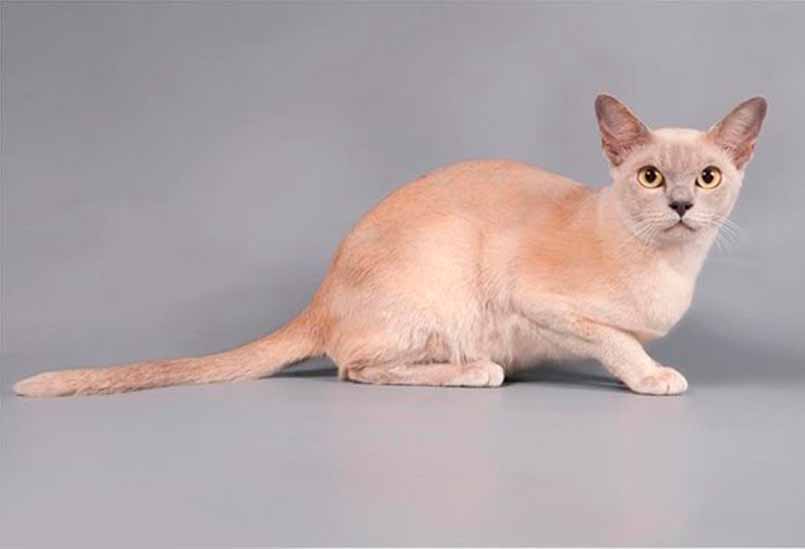
Cream
The fur of cream Burmese cats can be compared to condensed cream. The nose tip and paw pads are light pink.
When the kitten is young, it can be hard to distinguish whether it will be cream or red.
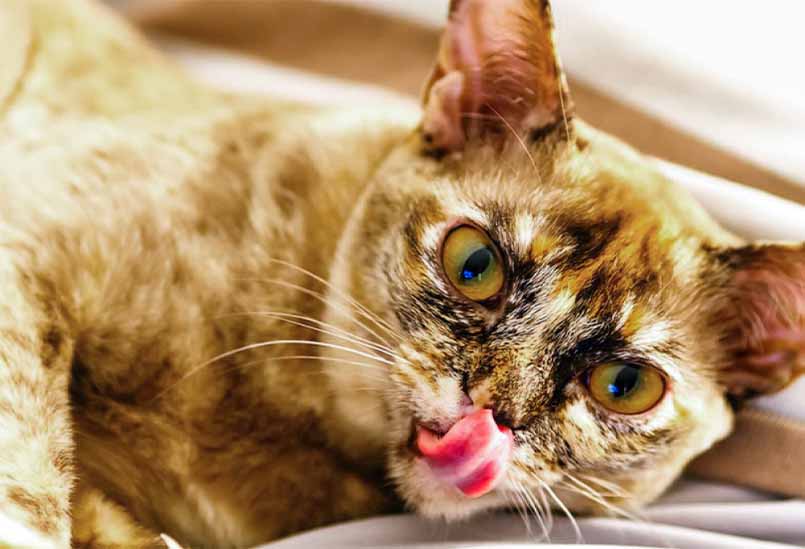
Tortoiseshell
There are also tortoiseshell colors in Burmese cats. These are combinations of the main color with evenly distributed patches:
- Chocolate: Brown with dark red markings.
- Blue: Steel and cream combination.
- Lilac with cream patches: The markings are barely noticeable.
- Brown: A mix of sable, cream, and red shades.
Features of Burmese Cat Colors
Notably, all colors of this breed are temperature-dependent: the colder it is, the darker the fur becomes. This is particularly evident in the chocolate color.
The colors are uneven: the darkest shades are on the legs, face, tail, and back, while the neck and chest are a tone lighter, and the lightest color is on the belly. This “iridescence” is due to a specific Burmese gene.
Newborn kittens are light in color. It becomes clear if the color meets the breed standard as they mature.
The Burmese cat is distinguished by its refined, unusual colors. Their short fur adds to their appeal. Without an undercoat, the fur lies close to the body, accentuating the color and allowing observers to see the shades change with the cat’s every move.
You can choose kittens of any color, view photos, and find out the price at the “Via Emilia” cattery.




